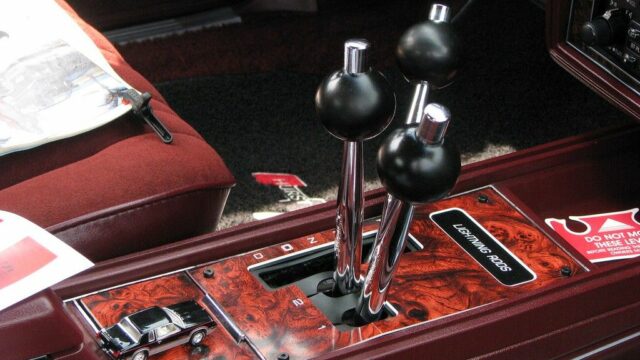Have you ever heard of the gearbox with three levers?
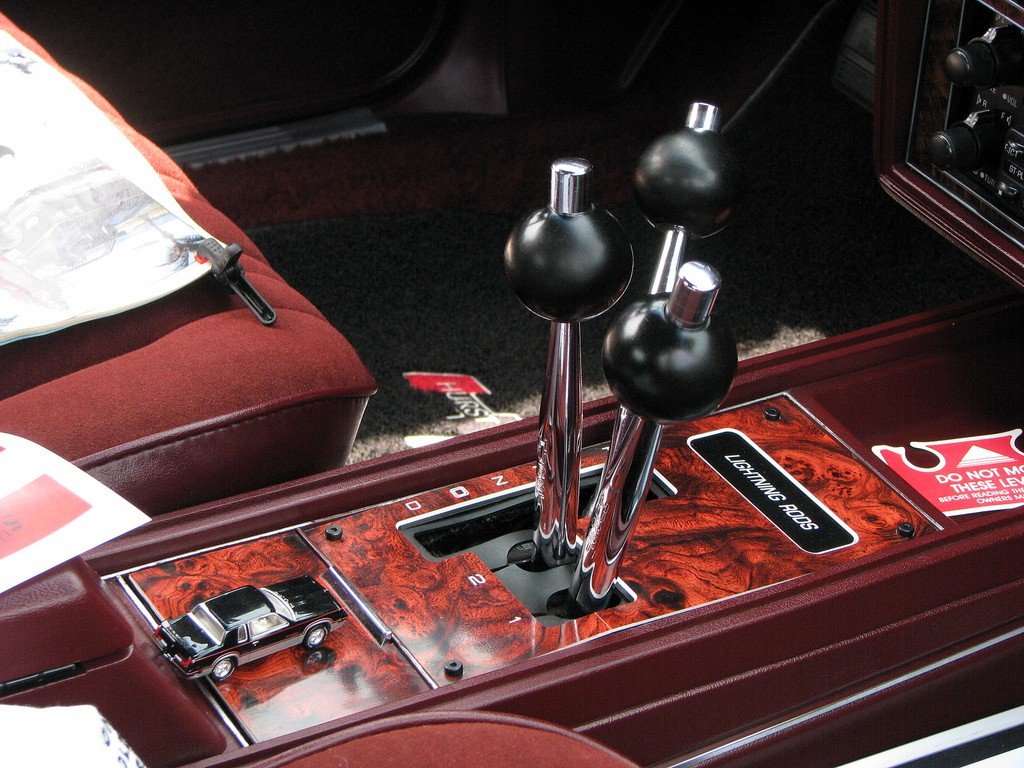
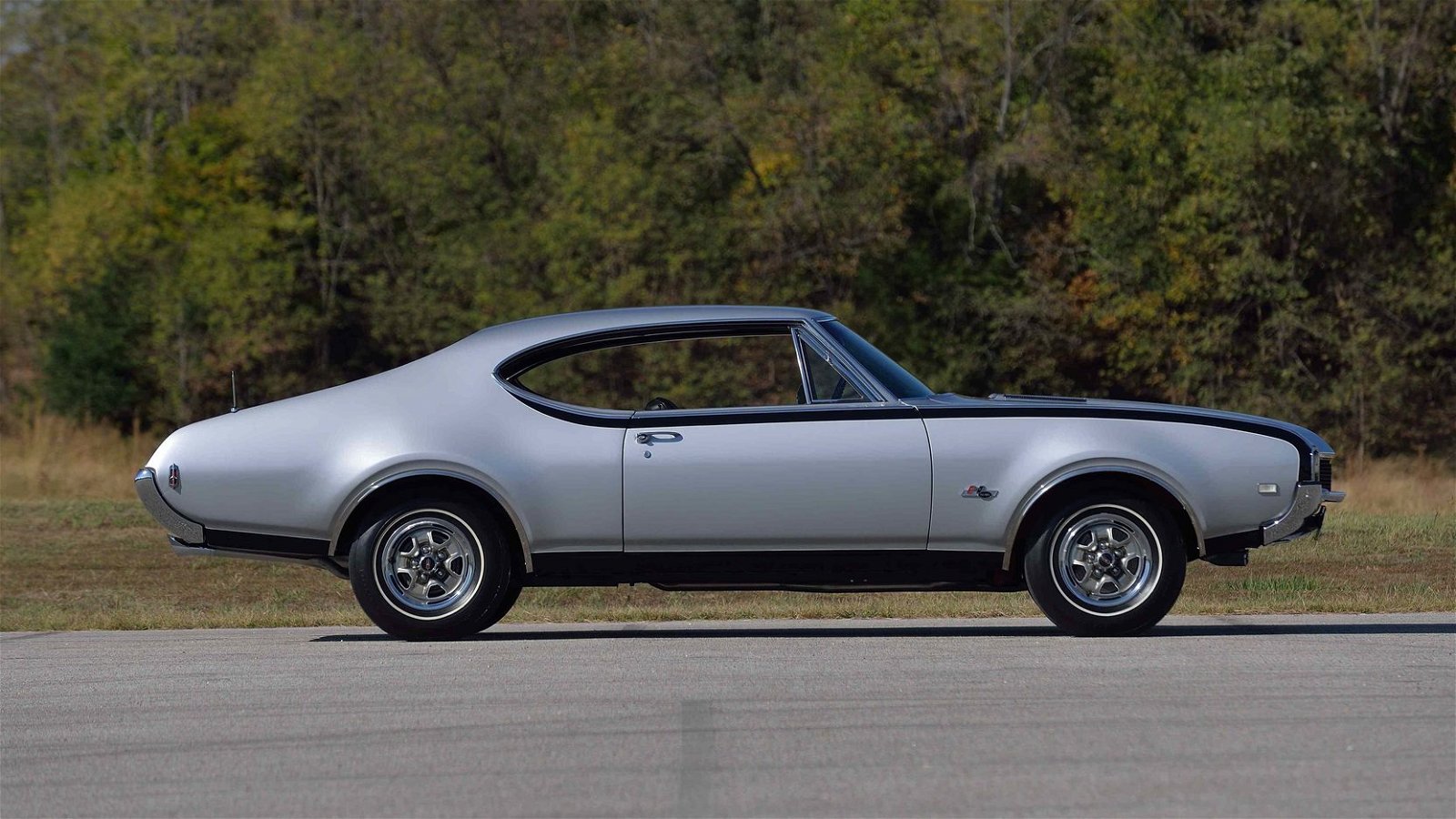
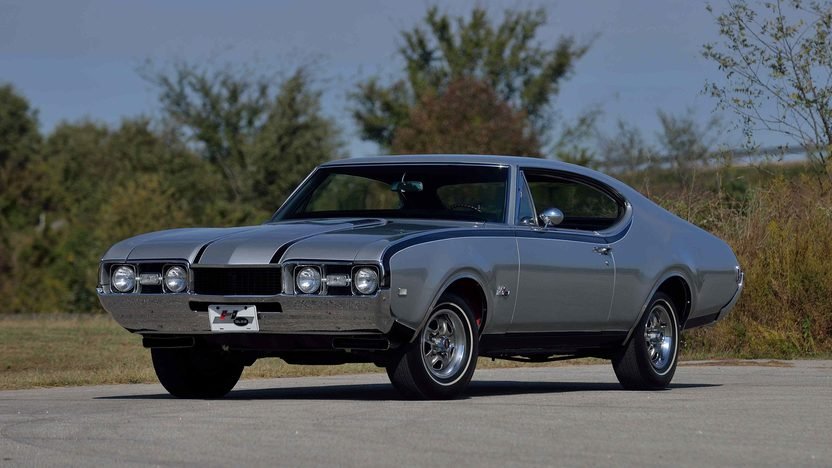
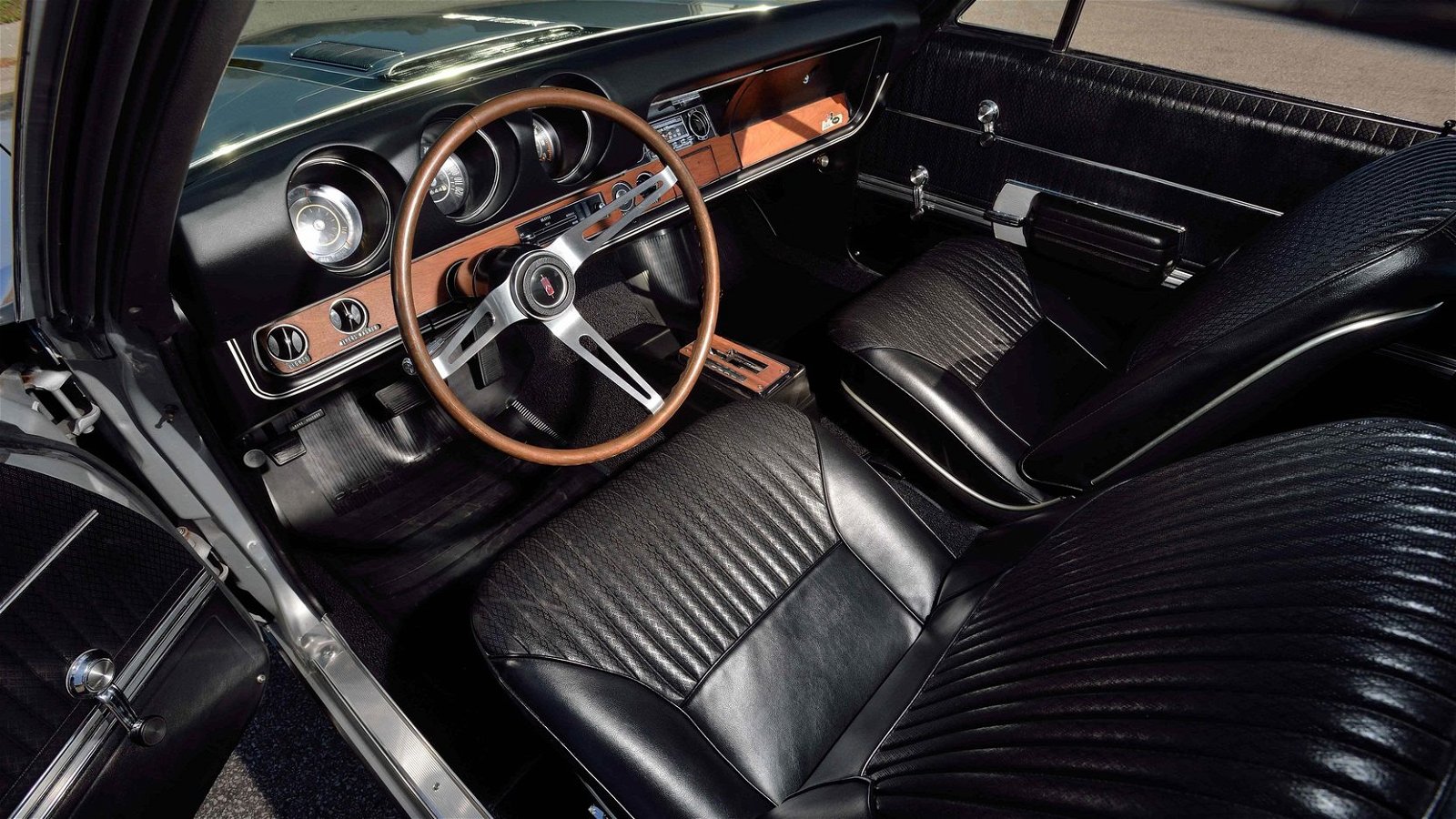
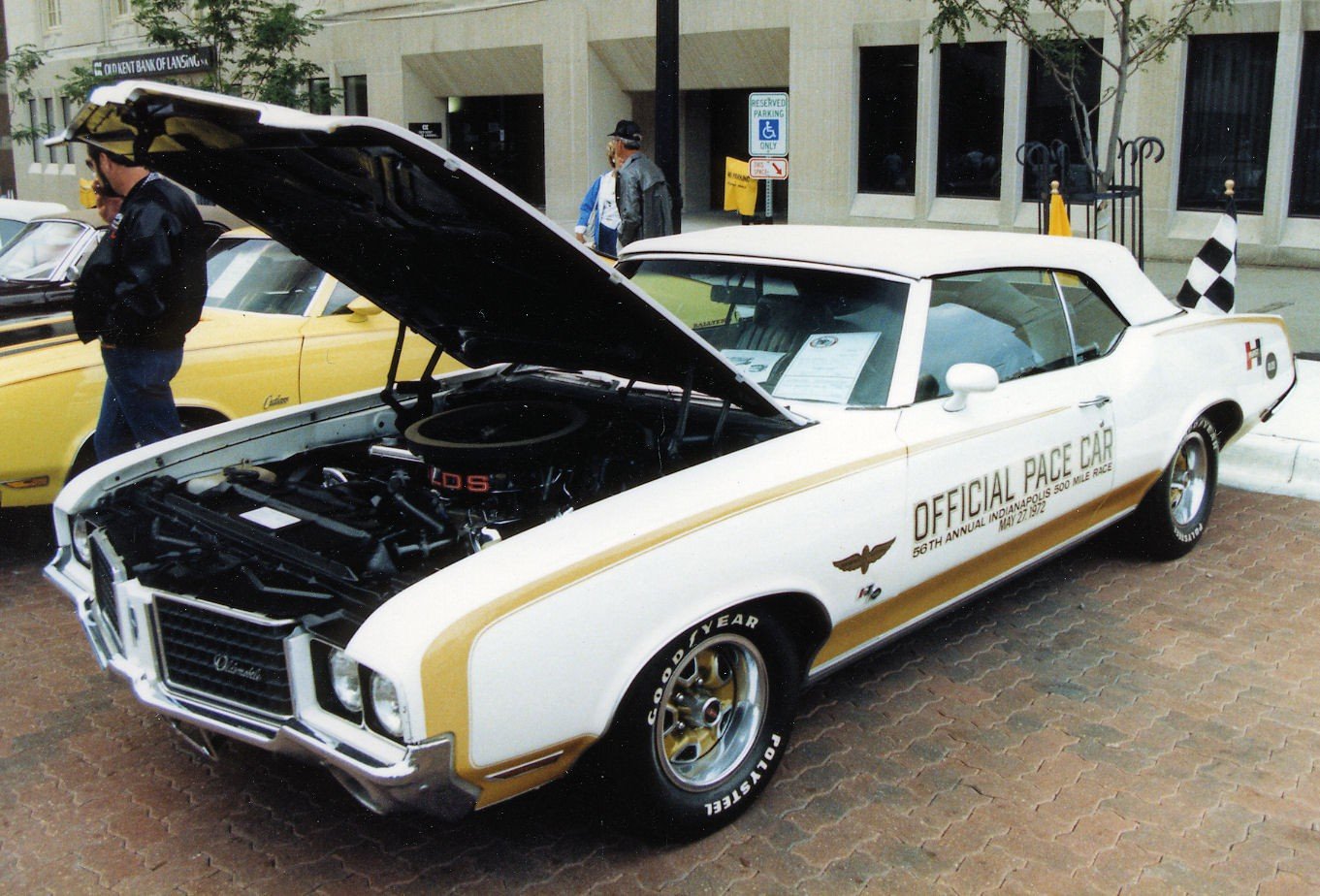
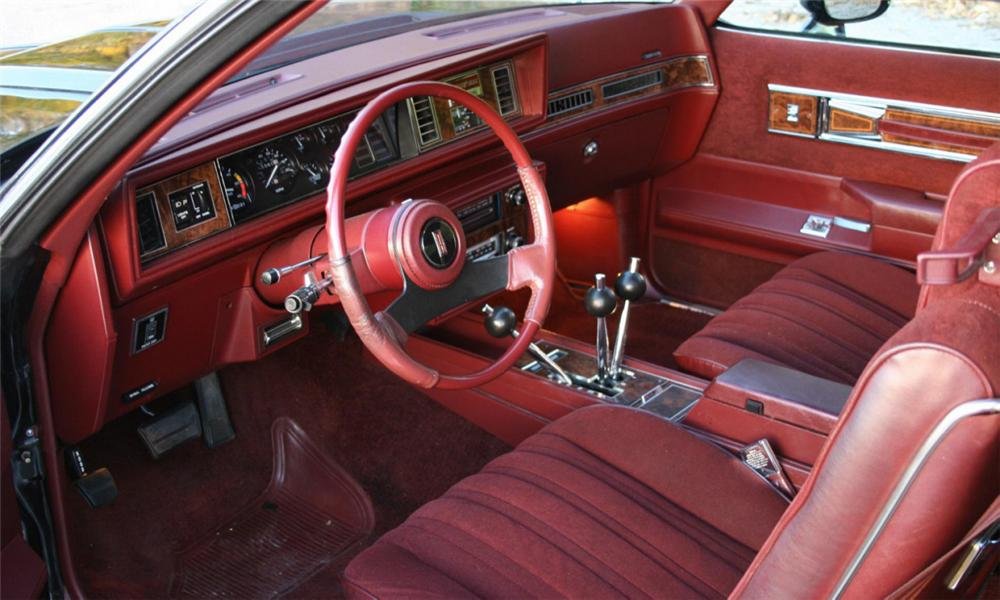
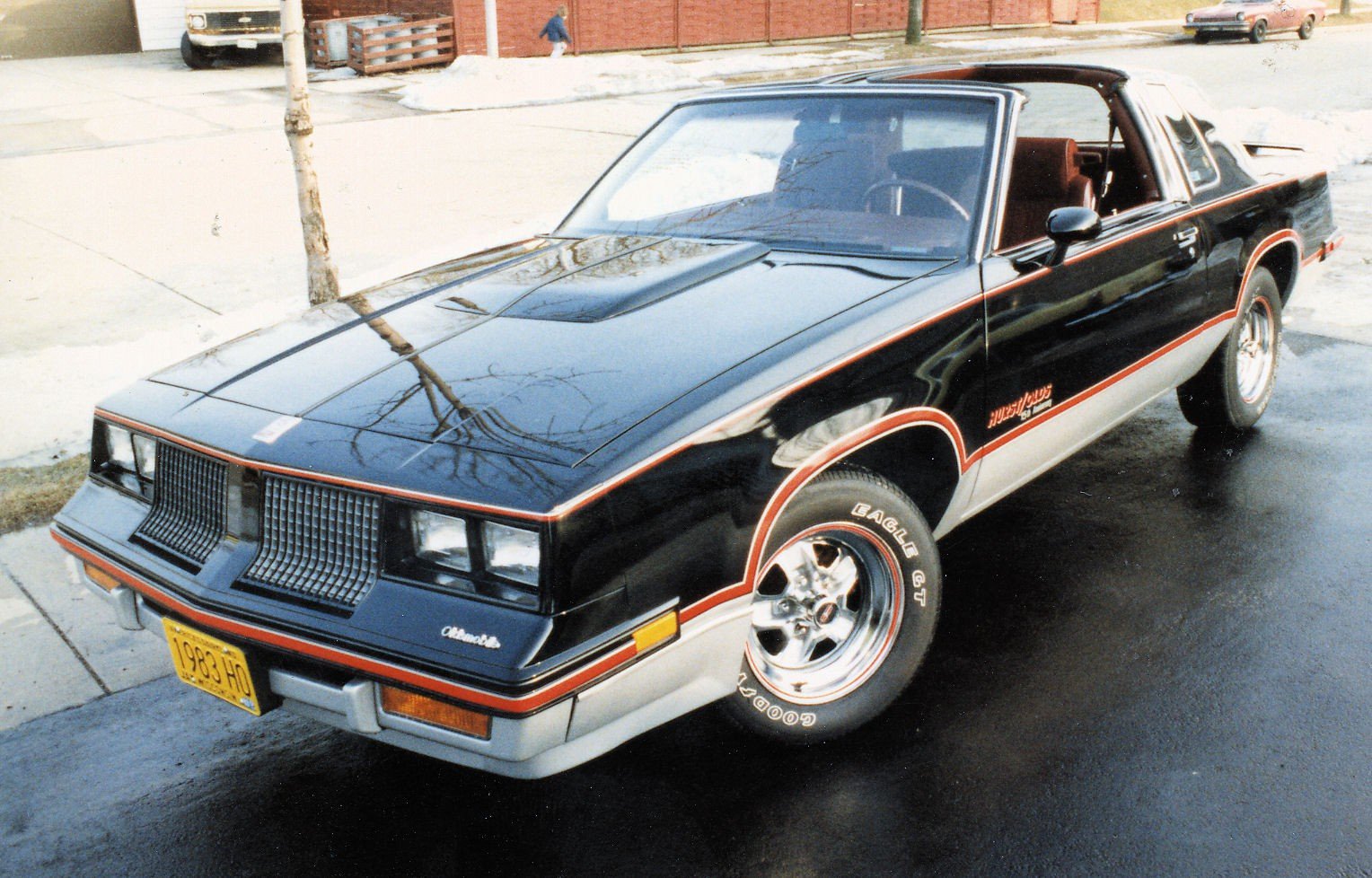

It might sound insane today, but once, in the 80s, General Motors made series-production cars with up to three gear levers.
It all started in 1968 when Hurst Performance of Warminster, Pennsylvania, in collaboration with Oldsmobile, a now defunct division of GM, produced a special-edition performance version of the 442 or Cutlass Supreme. It was called, of course, the Hurst/Olds.
The new car used the body of a regular Oldsmobile Cutlass. The paint job was unique though, as it was painted in Peruvian Silver and Black. Under the hood, there was a 390 hp V8. This engine had a massive displacement of 455 cubic inches (7.45 liters), something that would look out of place today, but was actually quite normal for the era of muscle cars.
Small numbers, cult following
In total, 515 production examples of the 1968 model were built in 2 body styles. There were 51 Sport coupes and 464 Holiday coupes manufactured.
The most distinctive feature was not the paint job, the unusual name or the powerful engine. Oh no, this car had a console-mounted Hurst Dual-Gate shifter that permitted automatic or manually ratcheted shifting, pictured in the image below.

Before the collaboration between Oldsmobile and Hurst, George Hurst offered his iconic gearbox as an aftermarket option back in 1963. It was meant to provide the muscle-car driver with a way to shift gears faster than standard the automatic transmission could.
How it works
The Hurst Dual Gate or "His 'n' Her" shifter was based on a simple idea – a shifter with two paths under the plate. The main shift pattern was the usual PRNDL set up where you placed the lever in Drive and let the transmission do its thing. The shift pattern was on the left side with medium line pressure and fairly low shift points for easy, smooth driving, used mainly when you had to pick up the kids from school.

To the right, a separate gate which had to be maneuvered into manually with the car at a standstill was the fully manual shift pattern. Placing the lever at the very back at 1 for first gear, you accelerated pedal to the metal. The trick was for the driver to keep its cool up until the red line. With tires screeching, this was the moment to punch it into second gear. Usually, this meant the car tried to spin out of control and kill you. If you survived, you got to repeat the performance for third and final gear. After this, it was smooth sailing until the police caught up with you.

The way the transmission was built, when the gear lever was on the right side and the changes were made manually, it necessitated more line pressure and a hard launch up to the red line for it to work. If you tried to change gears at the wrong time, the shifter would not come through and the race was lost. It was, basically, an all or nothing transmission, and by nothing I mean sometimes the car spun off the road out of control. You can now imagine why this type of transmission became a favorite for drag-race enthusiasts.
Hurst Pace car
In the late 60s and early 70s, a number of variants and improvements to the Hurst/Olds models followed. They were never produced in high numbers but had a cult following and these cars are now very collectible. Some had interesting stories behind them.

For example, in 1972 Hurst/Olds was actually developed by Hurst Performance, and not Oldsmobile. Due to a tragic accident involving the 1971 Indy Pace car, a Dodge Challenger, the major auto manufacturers were reluctant to provide the pace car for the 1972 Indy race. Hurst Performance stepped up and volunteered to sponsor the 1972 Pace car. Oldsmobile provided the Cutlass Supreme coupe and convertible. It was the only time an Indy Pace car was sponsored by a manufacturer other than an automobile manufacturer, and first time to include a major supplier's name in the title.
Three lever monster
To mark the 15th anniversary of the first Hurst/Olds car produced, GM launched in 1983 the car with three gear levers, as if the first iterations were not complicated enough. It was named the Hurst Lightning Rods Triple Shifter. This gearbox was offered on the special Cutlass Supreme Hurst/Olds version. As you can see, it has the most unusual-looking gear levers you will ever see on a production-series car. Sure, the outside looks bland even for 1983, but that thing between the seats is what this car was all about. Just jump to 10:22 in Motorweek's video below to see it in all its glory.
Yes, we know, it looks like something that is unusable in the real world. Then again, you might be wrong, so check out this video to see it in operation.
